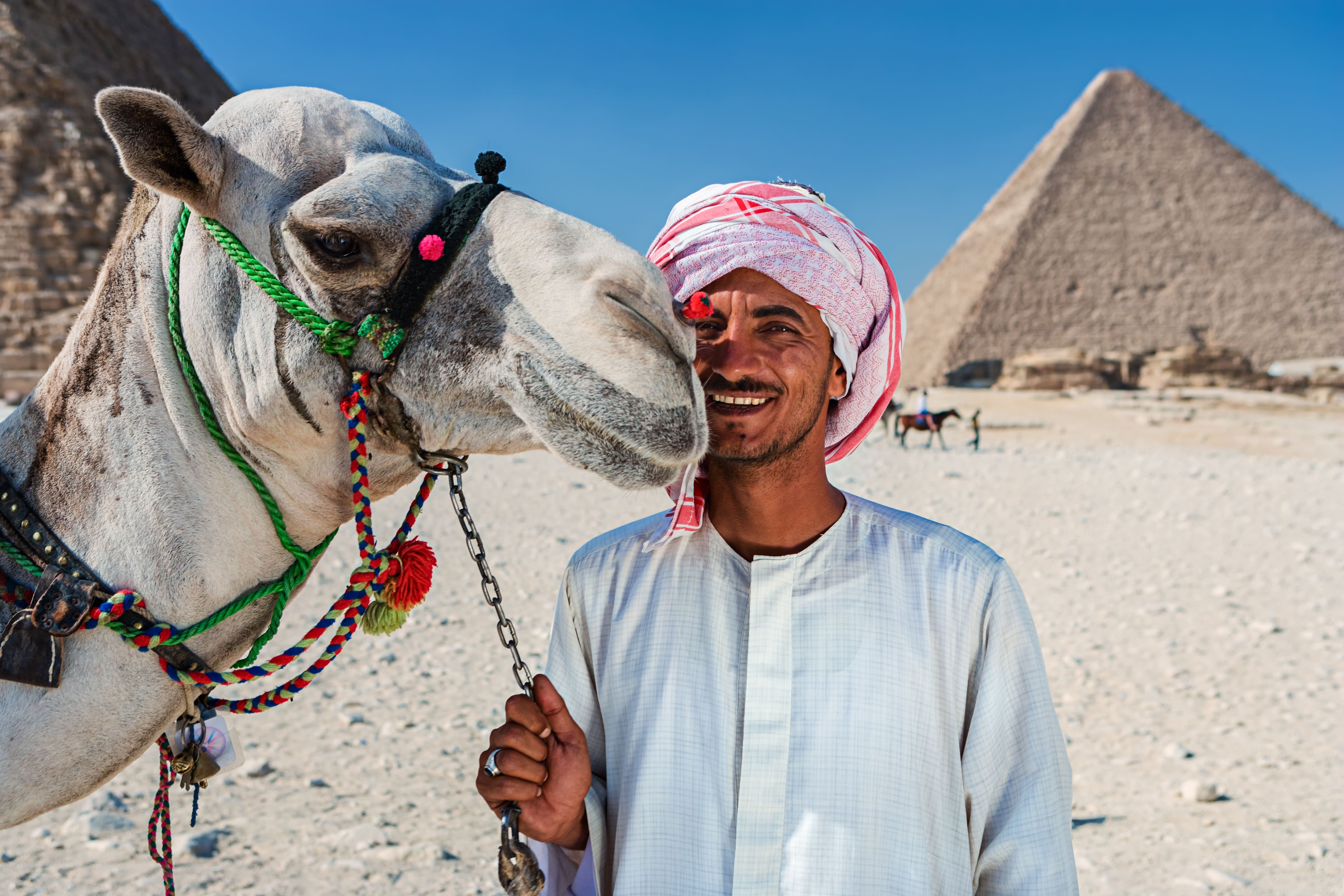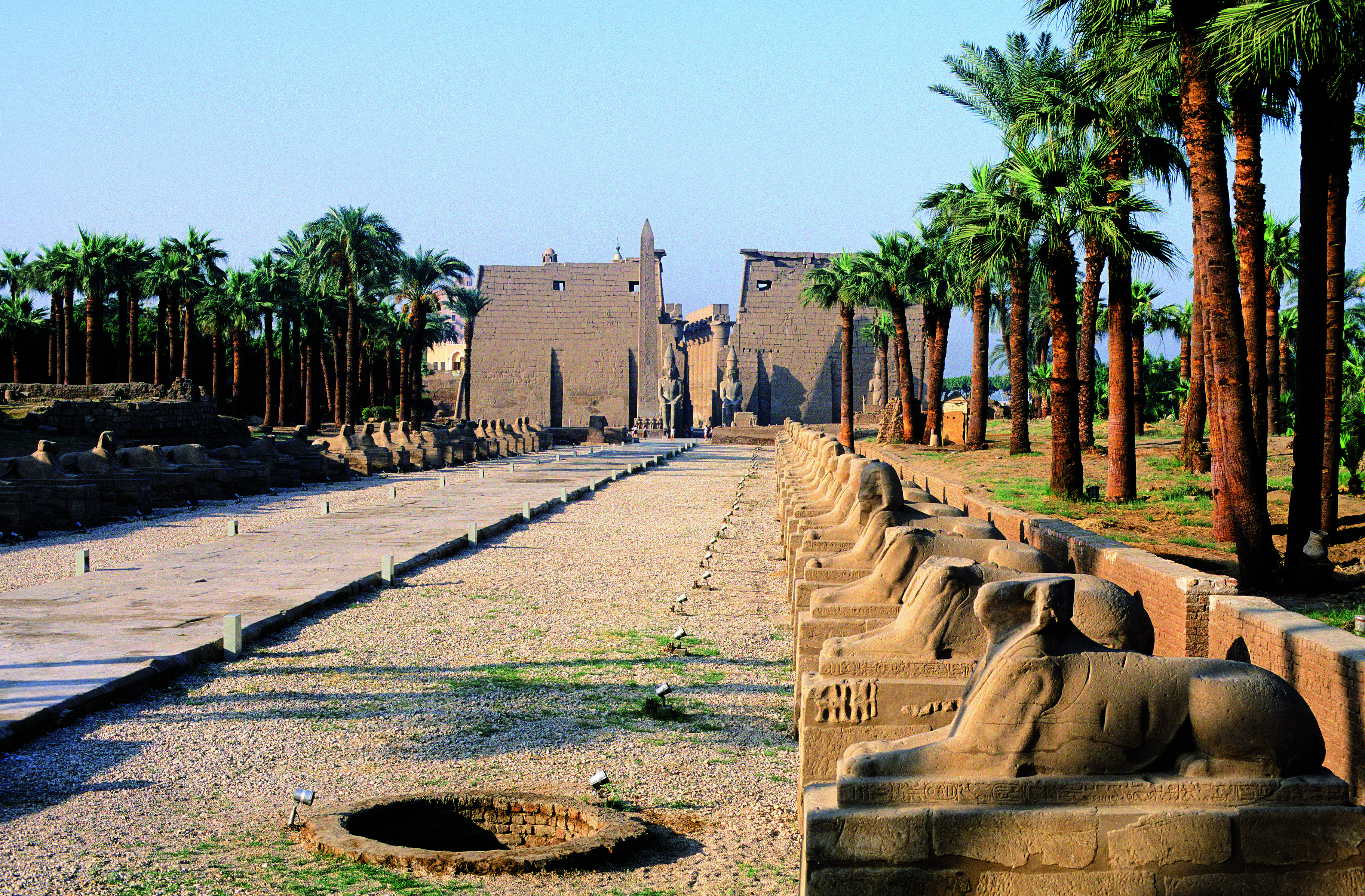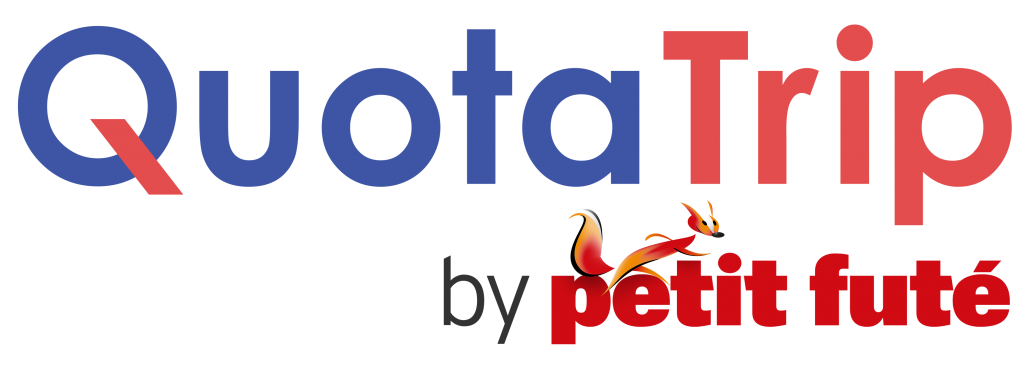The dahabeya (or dahabeih) is a replica of the ships of the princes and archaeologists of the 19th century. The most comfortable version of all boats. The solar boat of Cheops is certainly the first known form of dahabieh. The Nile Cruise in Dahabeya is the ideal way to discover and quietly admire the beauties of Egypt and its banks.
Your cruise on the Nile in Dahabeya allows you to contemplate its always fertile banks. Home to necropolises and temples of ancient Egypt. So treat yourself and your loved ones to a fantastic trip on one of the most beautiful and famous rivers in the world. Your Nile Cruise in Dahabeya on this symbolic river, will be one of the most beautiful trips of your life.
Arrival in Cairo, welcome, assistance with customs formalities and pick-up, accompaniment and installation in your hotel (1) the Pyramids Park Resort 4* local standard or the Pyramids View Inn located in front of the pyramids (modest and typical), (2) 5* depending on availability, the Cairo Pyramids Hotel Steigenberger, or the Meridien Pyramids Hotel & Spa (standard room with city view).
 ©Bartosz Hadyniak
©Bartosz Hadyniak
Breakfast at the hotel. Departure for the marvellous site of the Giza plateau, composed of the pyramids of Khufu, Khephren and Mykérinos as well as the mysterious Sphinx. Departure to the oriental cemetery for the visit of the tomb of the Great Dignitary of King Cheops where you will be almost the only ones. Then you will enter the small pyramid of the mother of King Khufu, then visit the temple of King Khuphren whose walls and ceilings are made of granite, and the floor is covered with white alabaster. In the middle of the room is the famous "well", this is where the statue of Khephren, unique of its kind in 1860 by Auguste Mariette, was discovered.
Barbecue lunch in a typical restaurant in the middle of a palm grove on the road to Saqqarah.
Departure for an in-depth discovery of the wonderful site of Saqqarah. Visit of the funeral complex of Djoser which is the first of this importance and the largest ever built in Egypt. Discovery of the outside of the step pyramid, considered the oldest architecture in ashlar on our plant, then visit of the most famous tombs called 'mastabas', entrance to the pyramid of Titi.
Departure off the beaten track, we start with a walk in the middle of the beautiful ruins of the pavement of the cursed pyramid, the 700 m long pavement, a 2.60 m wide paved path, lined with small limestone walls sometimes decorated with bas-reliefs, near fields of the last excavations, Discovery of the outside of the small mass grave once reserved for pyramid builders, followed by a visit to the least known and among the most beautiful tombs of Saqqarah, then the discovery of the remains of the landing stage of the Temple of the Valley of the Cursed Pyramid, once intended to accommodate the mummy of the pharaoh on his ultimate journey to the afterlife.
Then visit the small and beautiful Museum of Imhotep, where are exposed very beautiful pieces from excavations of the site of Saqqarah.
After breakfast, departure for the visit of the National Museum of Egyptian Antiquities and its lesser known rooms including, among others, the treasure of the high priests and the daily life of Ancient Egypt, the room of the mummified animals without forgetting the fabulous treasure of the young pharaoh Tutankh-Amon as well as the last great treasure unknown to mass tourism discovered in the 90s, continued by the visit of the room of King Akhenaten, considered as one of the great mystics of the History of mankind.
Lunch in a restaurant on the banks of the Nile, under the arbors with a typical dish (mezzeh and grilled chicken).
Then departure for the visit of the Ibn Touloun mosque, one of the most beautiful and ancient mosques in Egypt, it is a true masterpiece of Tulunides architecture. One of the greatest Islamic architectures in the whole world famous for its high walls and its magnificent prayer course, its Iraqi style minaret. With its play of light and geometric forms, the mosque inspires spirituality, respect, silence and above all peace.
Departure for North Cairo, with its narrow streets. You will visit one of the most important Shiite pilgrimage sites in the world: the famous Shiite mosque of el Hakem, its architecture, with massive towers and sturdy pillars give it an aspect of power. Discover the outside of the monumental entrance of Bab el Fetouh (the Gate of Victories), and the wall of the ancient city of Fatimid Cairo. You will also discover some endangered trades.
Then departure to join the little-known tourist district, the glass-blowers of Gamaleya, where there is only one glass furnace, if it is still working from its owner, Hassan El-Daour.
Visit of the Sunni world headquarters: the mosque (the mosque with a hundred columns, sub-reserve for restoration works) and the University of el Azhar, managed by the Sheikh of el Azhar, who is the pope of all the Sunnis of the world, and which is a place of perrière, meetings between the students who study at the University of el Azhar, and also walks for Egyptian families.
Departure for the discovery of the typical souk, it is an obligatory passage for all the families of future married women to buy clothes, fabrics, curtains etc..., one more opportunity to approach the local population.
 ©Author's Image
©Author's Image
Breakfast at the hotel. Early or morning transfer to Cairo airport and flight to Luxor. On arrival, visit (depending on the flight schedule) in the morning or in the afternoon in-depth tour of the Karnak temples. The religious complex of Karnak -abusively called Karnak Temple or simply Karnak- comprises a vast complex of ruins of temples, chapels, pylons, and other buildings located north of Thebes, now the city of Luxor1. The Karnak complex, rebuilt and developed over 2,000 years by successive pharaohs, is composed of three enclosures. It is the largest religious complex in all antiquity, it was dedicated to the Theban Triad headed by the god Amun-Ra. The complex was connected to the temple of Luxor by a sphinx alley almost three kilometers long. The site has been the subject of excavations conducted since the nineteenth century by French archaeologists, organized since 1967 within the Franco-Egyptian Centre for the Study of the Temples of Karnak, followed by a visit to one of these small temples little known to mass tourism by first passing through an impressive display of thousands of pieces of stone from the fields of excavations undertaken on the site, then a visit to a small unknown very popular among the ancient Egyptians, where you will be almost alone.
Accompaniment around noon and installation on your boat, boarding on Saturday (includes 3 meals + drinks - mineral water, tea and coffee). Your cruise on the secular Nile will be on the luxury dahabeya Merit.
In the late afternoon departure for the visit of the Luxor temple illuminated under a very beautiful lighting which puts it in its most beautiful beauty.
After breakfast, departure in the morning for the visit of part of the grandiose necropolis of Thebes where the sovereigns of the New Kingdom were buried in hypogeums, dug into the mountain, with luxurious and abundant funeral furnishings. We will visit three tombs in the Valley of the Kings, then you will visit monuments with a more specific appearance.
Then visit one of the most beautiful monuments of ancient Egypt unknown to mass tourism... Departure for the Valley of the Nobles; grouping together tombs arranged for the notables of the New Empire (1552-1069 BC); they house the highest dignitaries of the country (viziers, governors, mayors or viceroys of Nubia), and important officials (royal scribes or general inspectors). Sometimes notables of lesser influence are among the owners: architects, supervisors, small administrators, secondary scribes, astronomers, doctors... We begin with a visit to the tomb of Rekhmire, the mayor of the city (Thebes) and vizier - the most important figure of the state after Pharaoh - during the last nineteen years of the long reign (53 years) of Thutmes III, and then again at the beginning of the reign of Amenophis II, Rekhmirê was certainly one of the outstanding figures in the history of the 18th dynasty. The main episodes of his professional life are abundantly illustrated in his tomb, as if he had wanted to leave a precise record of all the details of his various offices and, above all, those of the vizier. Continuation by the visit of Sennfer's tomb'' the famous tomb of the vineyards''. By the originality of its decoration, its freshness and the masterful orchestration of the funeral rituals, the "tomb of the vines" is one of the great masterpieces of the west bank of Thebes. Craftsmen have exploited the irregularity of it to decorate it with vines, hence the name "Grave of the Vines" of the monument. A true initiatory journey to the Egyptian afterlife is restored to us. Visit of the Colossus of Memnon. At the end of the morning, return to the boat for lunch. Navigation to reach the locks of Esna. Dinner and overnight on board.
During your cruise on the Nile, you will admire the banks of the Nile, sometimes desertic where the sand slides, sometimes rural-true, beautiful green fields, small pieces of paradise where the palm groves give way to mango, banana or sugar cane trees, and discover the daily life of the natives, what allows you to discover 'authentic' Egypt. Unforgettable dinners and nights on the secular Nile.
 ©Tom Pepeira - Iconotec
©Tom Pepeira - Iconotec
Breakfast, navigation towards the city of Edfu, on arrival, visit one of the largest and most preserved temples of ancient Egypt, dedicated to the falcon god '' Horus'', continuation of the navigation; you will admire the scenes of daily life, fishermen, boats that transfer people, cars, and animals between the two banks of the Nile, and the magnificent passage! Mixture of sands, mountains and green fields, fruit and vegetables, agricultural activities. Arrival in the evening at the island of "El-Fouza". Dinner and night on board.
After breakfast, sail to the small town of Kom Ombo. On arrival, we visit the temple of Kom Ombo, dedicated to the two deities: the god Haroeris (Horus the Great) and the crocodile god Sobek. Sailing to Ramdi Island - Dock near Ramdi Island. Sailing to Aswan - Dinner and overnight on board.
After breakfast, departure by car and then by boat for the visit of the Philae temple, which is undoubtedly the "Pearl of the Nile", built on a submerged island in the 1970s by the rise in the level of the reservoir of the former Aswan dam following the construction of the high dam. The temples and monuments built on the island in Pharaonic and Greco-Roman times were moved to the new island, also known as Philae.
Among others, you will visit the Temple of Isis, which is obviously the main construction of Philae. So it is one of the major shrines of the goddess in Egypt. After that you will visit the chapel of the goddess Hator. To conclude visit the Kiosk of Trajan which is the main feature of the site.
Then, departure to reach Lake Nasser by first crossing the Old Dam, from above you will see the first cataract from your car, on arrival visit the High Dam of Aswan.
On arrival, lunch on board.
Afternoon free for a personal discovery and its famous souk. Dinner and night on board.
 ©Sylvain GRANDADAM
©Sylvain GRANDADAM
Breakfast on board, clear your cabin. Optional: visit the temples of Abu Simbel by car (290 Km), then you will be transferred to Aswan airport and fly to Cairo. Lunch will be included or not depending on the flight from Aswan to Cairo.
Arrival at the airport, welcome, accompaniment to your hotel on, Heliopolis Passage from Cairo airport (5*).
Breakfast at the hotel, transfer to Cairo airport, and assistance with customs formalities according to your flight schedule.




Each Travel Idea is customizable according to your wishes

